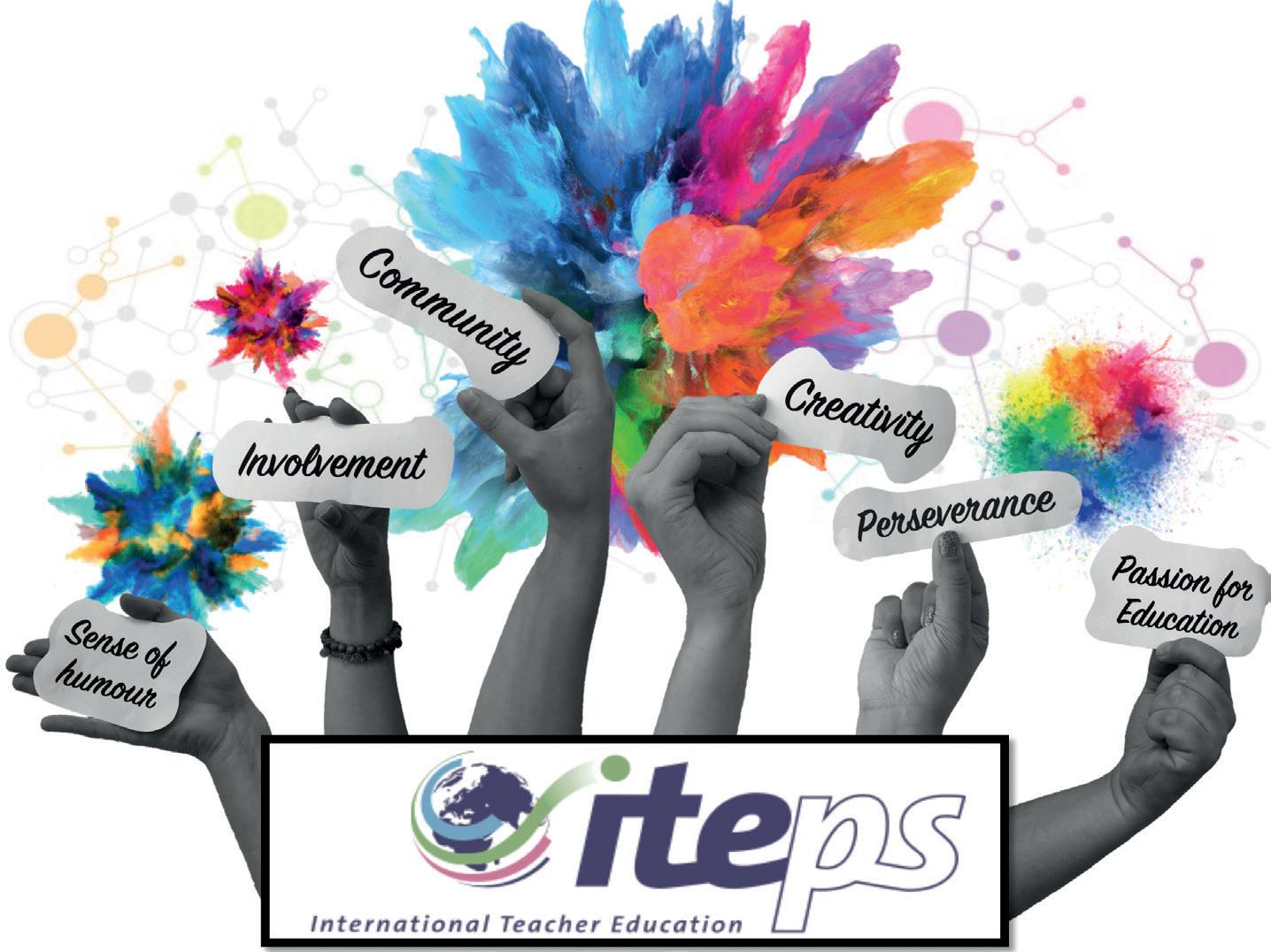Curriculum, learning and teaching
Meaningfully connecting teacher actions and student learning goals within the IB classroom Laura Gutmann, Pai-rou Chen and Raymond L Pecheone explain the formation of a framework to help teachers embed IB frameworks At the Stanford Center for Assessment, Learning and Equity (SCALE), our core mission is to design, develop, and implement equitable performance-based assessments that capture authentic teaching and learning (Darling-Hammond, 2010; Darling-Hammond & Hyler, 2013; Wei et al, 2015). In the US, our edTPA system is widely used across 41 states and 900+ educator preparation programs to measure readiness to teach among pre-service candidates. edTPA asks candidates to engage in documenting and reflecting on their beginning teaching throughout a student-centered cycle of planning, instruction, and assessment. The framing principles behind this initiative have resonated both nationally and internationally as an educative approach to setting a standard for entry into the profession (Bastian et al, 2016; Pecheone & Whittaker, 2016). As part of our collaborative partnership with global organizations interested in creating similar assessment tools, we began working closely with the Kuei-Shan School, an International Baccalaureate (IB) school in Taipei, Taiwan. Kuei-Shan presented us with a challenging dilemma – during the hiring and on-boarding process, they tried their best to screen teachers for fit with the IB context and offer access to training and workshops. But when teachers arrived at the school, they often needed additional support to build their capacity to apply IB frameworks to their content pedagogy and instructional practice. Could we help them create a tool that would provide their teachers with concrete feedback about evidence of their practice in relation to the IB Learner Profile Attributes and Approaches to Teaching & Learning (ATL), in order to support continuous improvement? SCALE’s design process for this tool started with a groundlevel investigation into the learning outcomes that are valued within IB, with the goal of making connections between desired student-oriented objectives and strategic teaching actions or behaviors. Because IB takes a holistic, 21st century approach to learning that includes attention to thinking, research, communication, social skills, and selfAutumn
Spring |
| 2020
management skills, we focused on those key categories of applied skills and knowledge as we defined what IB teachers are working towards. We found strong parallels between the competencies that define IB culture and the broader global attention that has been given to the importance of developing deeper learning competencies such as ‘learning how to learn’ or ‘thinking critically to solve complex problems’ (William and Flora Hewlett Foundation, 2013; Learning Policy Institute, 2019). Our experience as national leaders in performance-based assessment of deeper learning enabled SCALE to innovate a customized IB measure that put fostering students’ engagement in understanding and using their knowledge and abilities at the forefront. After completing content validation, and piloting the tool in IB Middle Years Programme (MYP) classrooms in Taiwan and Canada, initial implementation data and validity evidence informed refinement of the IB Teacher Development Tool for ongoing professional growth aligned with IB principles. The resulting system of support materials includes a comprehensive set of rubrics that can be used by administrators and coaches alongside teachers to examine high-leverage dimensions of practice across progressions of teaching quality. It also includes training materials with guidelines for implementing the system with reliability and validity. This IB-specific system is framed for formative use, driven by teacher discussion with coaches about selected areas of practice that relate to their current unit of inquiry and their individual needs as developing practitioners. As observation and other relevant instructional evidence is collected, explicit feedback is intended to structure meaningful conversation about effective pedagogical strategies in relation to each dimension. Illustrative examples of teaching practice provided at each rubric level are an additional resource for coaches to guide educators at all levels of expertise to make deeper connections between evidence of their reallife instruction and achieving the learning objectives for IB students that are nested within their units of inquiry.
31

























